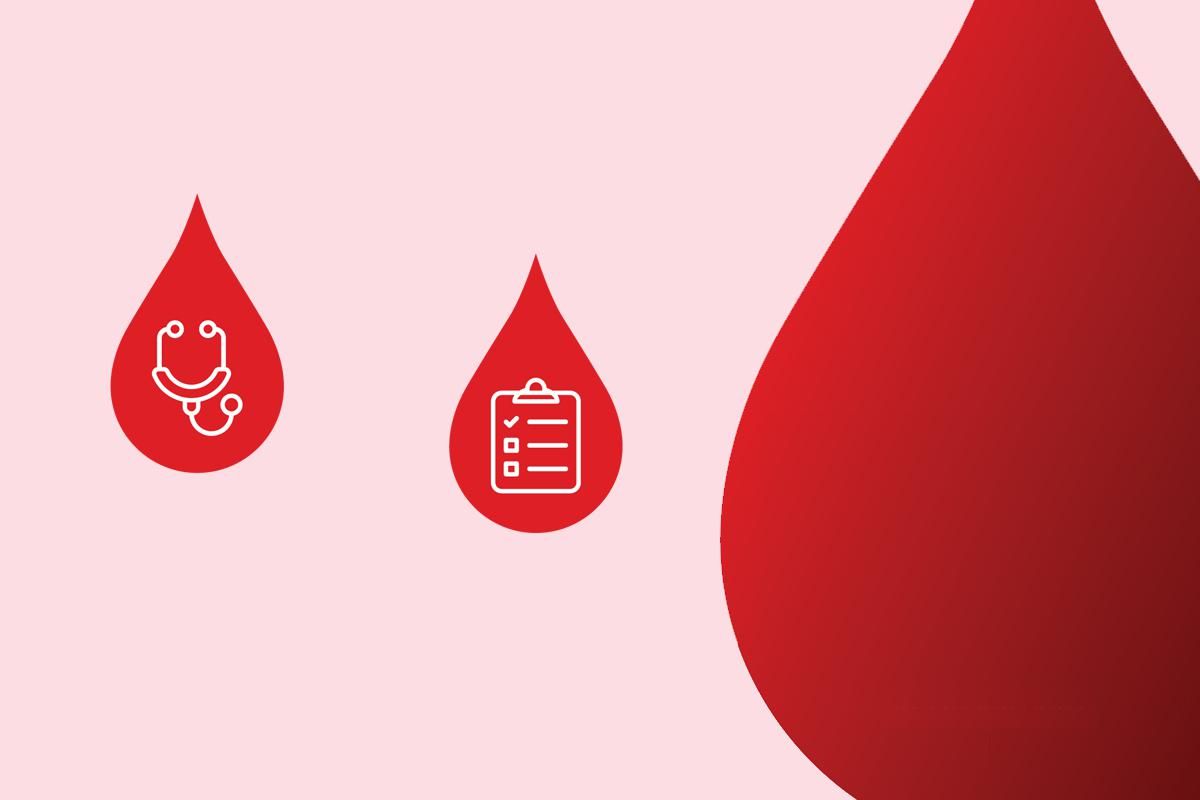A bleeding disorder is a condition that keeps your blood from clotting properly to stop bleeding.
Did you know?
Up to 1% of girls and women in the U.S. have a bleeding disorder — and many don’t know it.
Symptoms
If you have any of the following symptoms, you may have a bleeding disorder:
- Heavy menstrual periods. This includes a period that lasts more than 7 days or a period where you soak through your pad or tampon in 1 to 2 hours
- Bruise easily, often for no reason, especially if bruises are raised and larger than a quarter
- Frequent nosebleeds that last longer than 10 minutes
- Bleeding from cuts or scrapes that lasts longer than 5 to 10 minutes
- Heavy bleeding after any surgery, including dental surgery and tooth extraction or after childbirth
- Low iron or anemia
Types of Bleeding Disorders
Blood clotting, which is what causes bleeding to stop, involves different proteins, called factors, that each play a very important role in the process of stopping bleeding.A factor deficiency is when one of those proteins involved in clotting is low or missing resulting in bleeding disorders. Some examples of bleeding disorders include Von Willebrand Disease and Hemophilia.
Von Willebrand Disease (VWD):
- The most common bleeding disorder in women
- Clotting protein called von Willebrand factor is low, missing or doesn’t work as it’s supposed to
- An inherited condition that affects men and women equally
- Diagnosed in 5% to 24% of women with heavy periods
Hemophilia: Women and girls can have deficiencies of factor VIII (8), also known as hemophilia A, or factor IX (9), also known as hemophilia B.
Other rare factor deficiencies:
Deficiency of Factors’ I (1), II (2), V (5), VII (7), X (10), XI (11), XII (12) and XIII (13) are all rare bleeding disorders.
Platelet disorders:
Platelets play an important role in the blood-clotting process — A person can have a bleeding disorder when they have too few platelets, or the platelets don’t work like they should. Examples of platelet disorders include Glanzmann Thrombasthenia and Bernard Soulier Syndrome.
Getting a Diagnosis
Many women have difficulty getting a diagnosis. If you have symptoms, speak to your healthcare provider (HCP) about a possible bleeding disorder. Your HCP can use a variety of methods to make a diagnosis, such as:
- Health history, including details about your bleeding
- Physical exam
- Various lab tests
Tip: Before your first appointment, track your period and symptoms so you’re prepared to answer any questions from your HCP.
To see if your symptoms could be the result of a bleeding disorder, check out this quiz: Better You Know
This resource was created with support from the National Hemophilia Foundation








